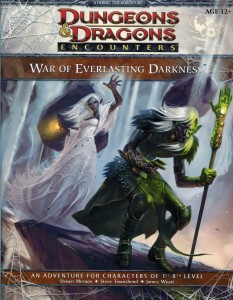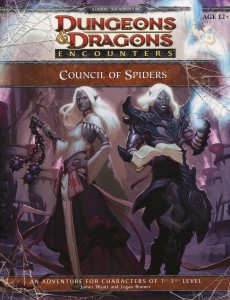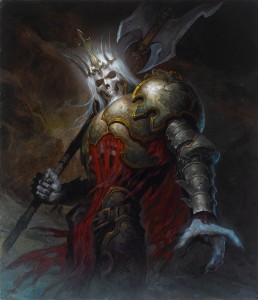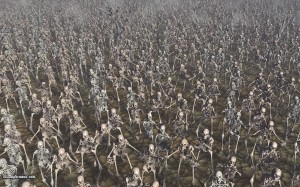 This week we began season 11 of D&D Encounters. This is the third and final part of the Rise of the Underdark campaign arc. It also marks a significant change in the D&D Encounters program as it allows the PCs to level up after every week bringing them from level 1 to level 8. It’s still a 4e adventure but it does incorporate some aspects that are being play-tested in D&D Next. I for one am anticipating great things this season.
This week we began season 11 of D&D Encounters. This is the third and final part of the Rise of the Underdark campaign arc. It also marks a significant change in the D&D Encounters program as it allows the PCs to level up after every week bringing them from level 1 to level 8. It’s still a 4e adventure but it does incorporate some aspects that are being play-tested in D&D Next. I for one am anticipating great things this season.
We had eight players and two DMs for this first session but we think that the weather and Halloween kept some players. We’ll see if more people show up next week. At my table I had a Half-Orc Barbarian, Drow Assassin, Pixie Vampire and Revenant (Githzerai) Bard. I know that Gith are technically not allowed but the player explained his concept and back-story which I thought was pretty cool so I’m going to allow it. After two seasons of enforcing character class and race restrictions I’ve decided to open the floodgates again.
One of the big changes this season is that each week’s session is a mini-adventure rather than just one encounter. This allows for more dynamic story-telling and gives the players more choices (and less railroading). I like to think of each encounter within a session as a scene since most of them don’t really meet the criteria for a 4e encounter. That being said each adventure has multiple scenes, but your group may not get to all of them depending on what choices they made along the way (as we saw this week).




